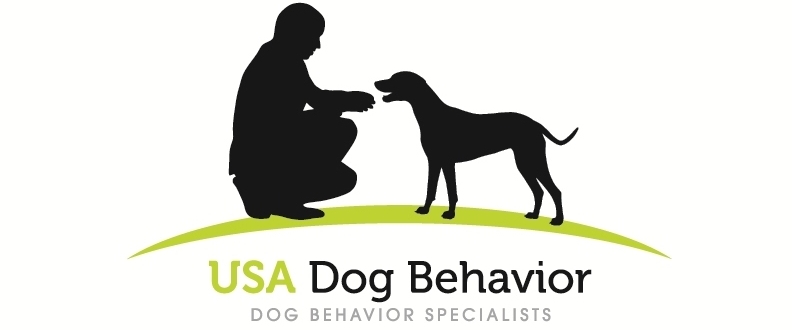Did you know there are 7 major types of dog aggression?
©Scott Sheaffer, CDBC, CBCC-KA, CPDT-KA, USA Dog Behavior, LLC
Most people think of dog aggression as a one-dimensional diagnosis for a dog that is presenting with behaviors such as barking, growling, biting, lunging, etc. The reality is more complicated.
“The probability of in-home aggression increases exponentially as the number of dogs increases…”
There are seven major types of dog aggression and each has a unique fingerprint. To effectively treat aggression in dogs, it’s important to understand the details of each case because each kind of aggression requires a different type of treatment. In many cases, dogs can present with more than one type of aggression.
I’ve identified the seven major categories of canine aggression below with brief notes about each.
Fear Aggression
An offensive posture is taken by the dog in an attempt to increase the distance from the trigger (e.g., human, dog, etc.). In short, the dog takes an offense-is-the-best-defense approach.
This type of aggression can also be directed at inanimate objects (e.g., vacuum cleaners, skateboards, cars in motion, etc.).
Fear aggression can also simultaneously present with avoidance behaviors (i.e., dog tries to escape from the trigger) in addition to aggressive behaviors.
Territorial Aggression
Aggression that is directed toward humans in the dog’s designated “territory”.
Dogs presenting with this type of aggression can sometimes show few signs of aggression outside of their “territory”.
The intensity of the aggression can be significant.
The dog’s “territory” is typically the inside of the owner’s home but frequently extends to the property surrounding the owner’s home and beyond.
Idiopathic Aggression
An unpredictable type of aggression because the triggers aren’t known or understood. The word “idiopathic” is defined as, “relating to or denoting any disease or condition that arises spontaneously or for which the cause is unknown”.
This type of aggression can be very dangerous because it includes sudden and severe outbursts with little to no warning.
Treatment options are limited.
It can have a neurological origin.
Some of the most aggressive dogs fall in this category.
Prey Aggression
The behaviors associated with this type of aggression are associated with the pursuit of prey animals.
Considered extremely pathological if directed toward humans.
Prey aggression toward humans is extremely rare.
Intra-Household Aggression
Indicated when two or more dogs living in the same home display chronic aggressive behaviors toward one another.
The probability of in-home aggression increases exponentially as the number of dogs increases; four dogs in one home is a common tipping point.
Can be challenging to treat because the dogs are constantly in close proximity.
Control Related Aggression
Presents as an aggregate of aggressive behaviors the dog has learned through improper handling and management.
Aggression is primarily directed at owners or those with whom the dog frequently interacts.
Can appear terrifying to dog owners but frequently has a good prognosis with a proper behavior treatment plan.
A common mistake made in treating this type of aggression is using punitive or aversive measures.
Commonly seen with first-time or inexperienced dog owners.
A usually preventable type of aggression.
Resource Guarding Aggression
Seen when dogs use aggression to keep other dogs and humans away from their food, treats, toys, space, owners, other dogs, etc.
While it appears not to be a fear-based aggression, it is arguable that the dog is fearful of losing a valued resource, thus making it fear-based in actuality.
A sub-type of this type of aggression is distance resource guarding. In this form the dog will monitor things from a distance and rush to the dog or human near the resource-guarded item and act aggressively.
This type of aggression is particularly susceptible to escalation.
If your dog is presenting with one of the types of aggression noted above, please seek the help of a certified dog behavior consultant. Using ill-advised techniques, such as punishment for aggressive behaviors, often makes things worse in the long term.
Since aggression in dogs almost always escalates over time, the early stage is the best time to address the issue.

